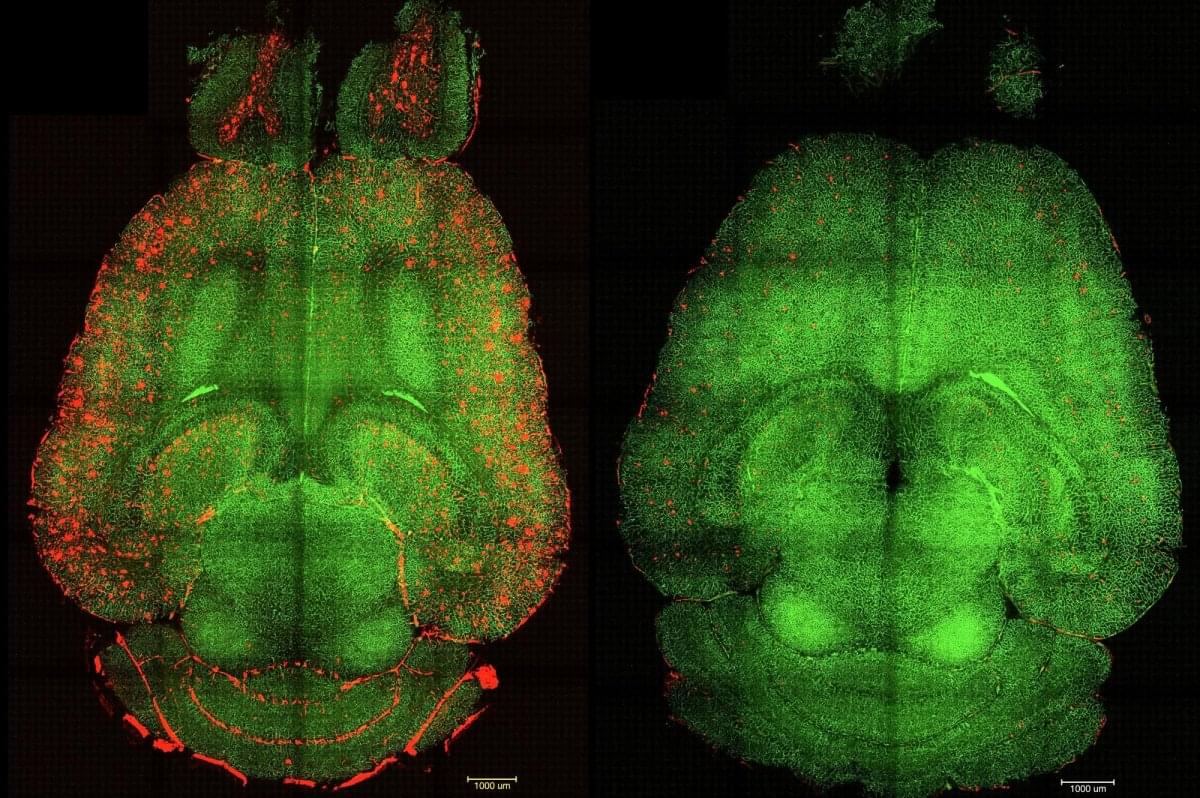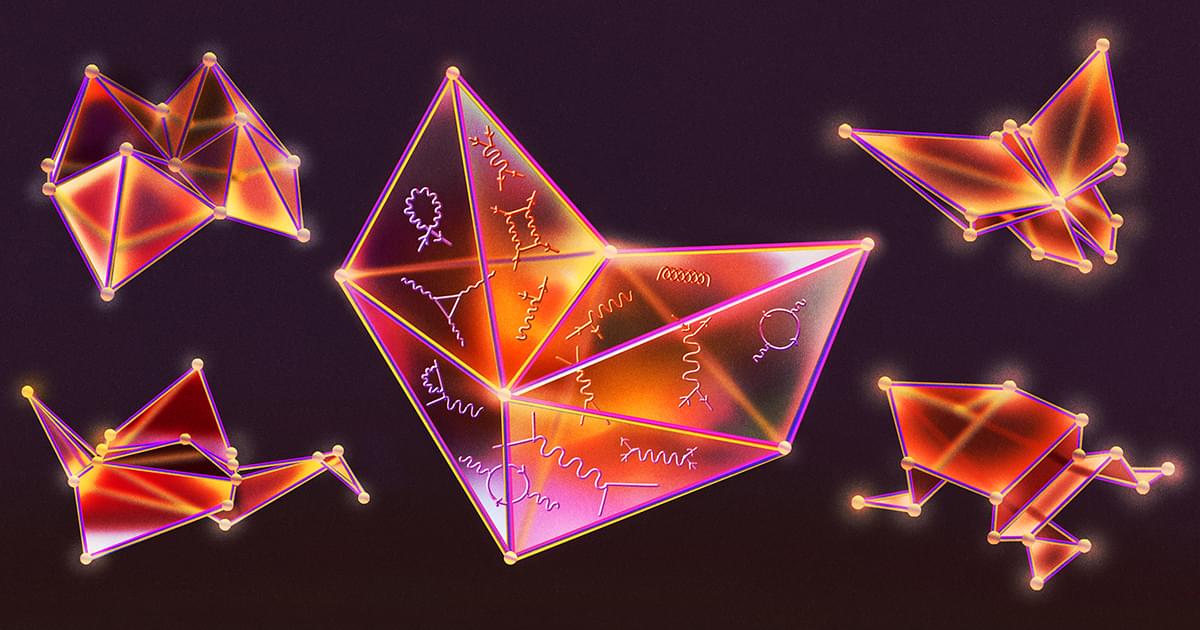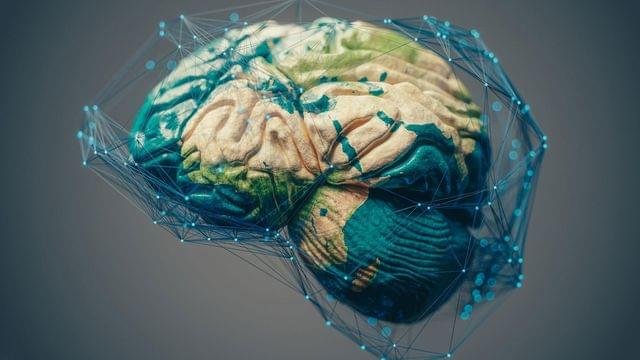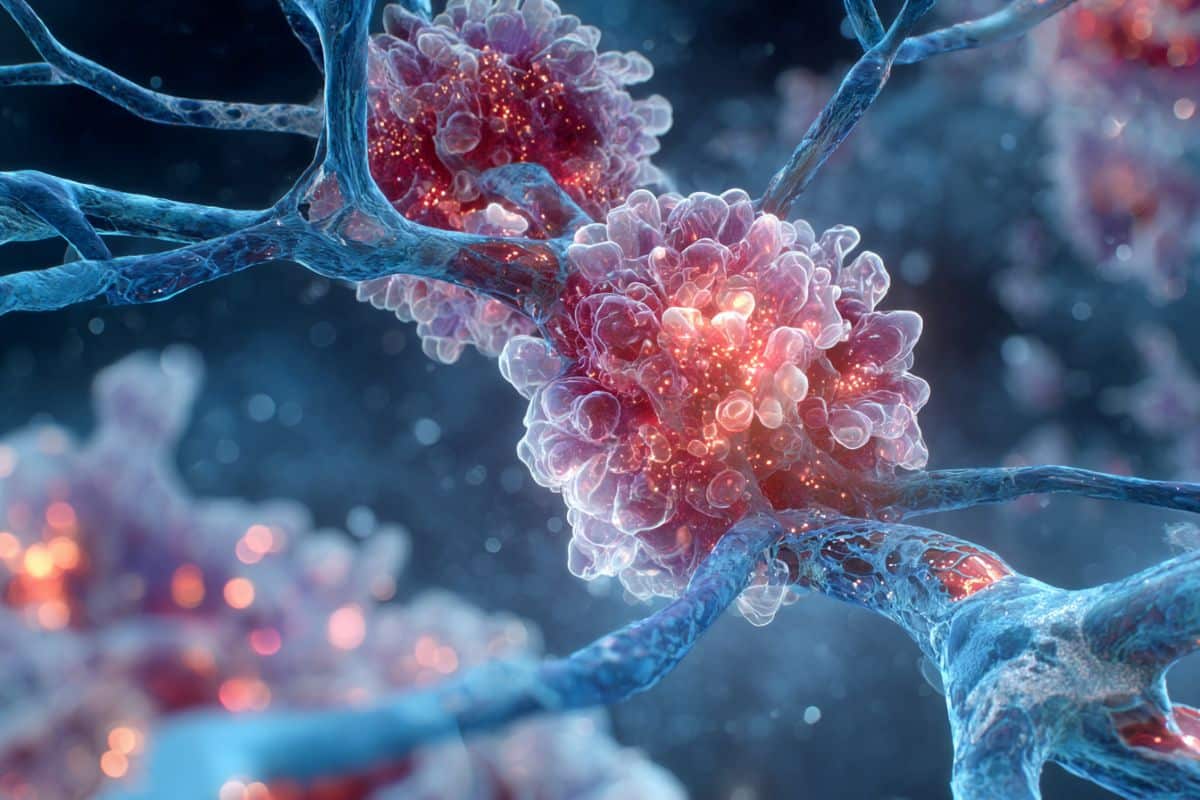Google’s DeepMind division on Monday announced an artificial intelligence (AI)-powered agent called CodeMender that automatically detects, patches, and rewrites vulnerable code to prevent future exploits.
The efforts add to the company’s ongoing efforts to improve AI-powered vulnerability discovery, such as Big Sleep and OSS-Fuzz.
DeepMind said the AI agent is designed to be both reactive and proactive, by fixing new vulnerabilities as soon as they are spotted as well as rewriting and securing existing codebases with an aim to eliminate whole classes of vulnerabilities in the process.








